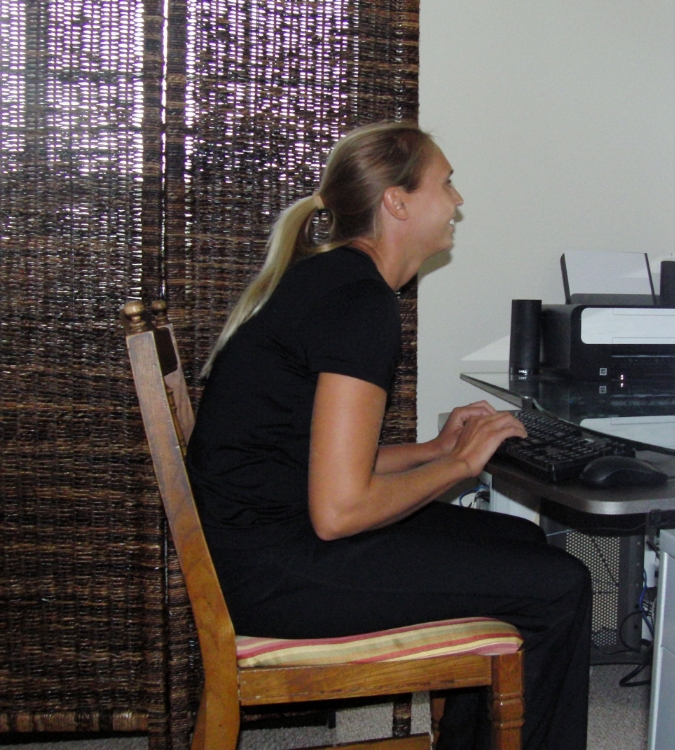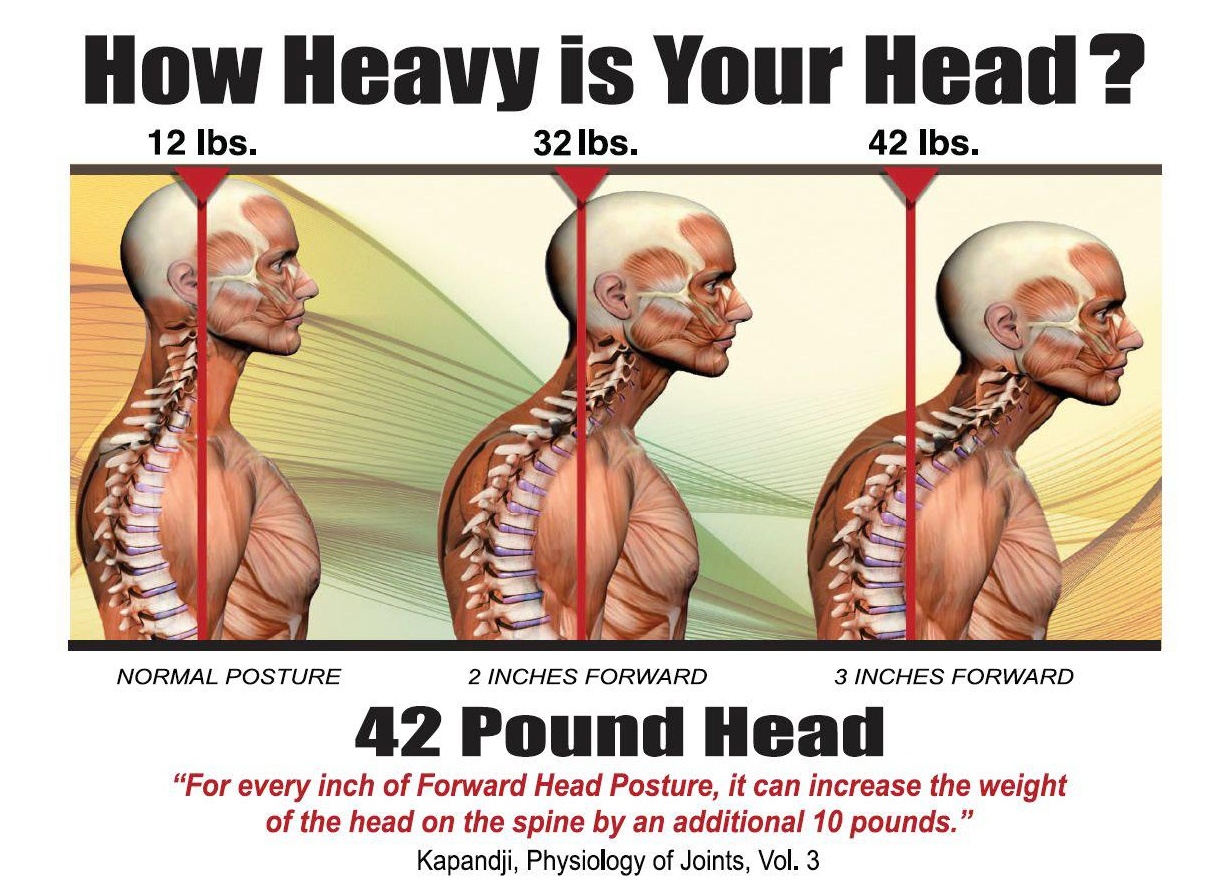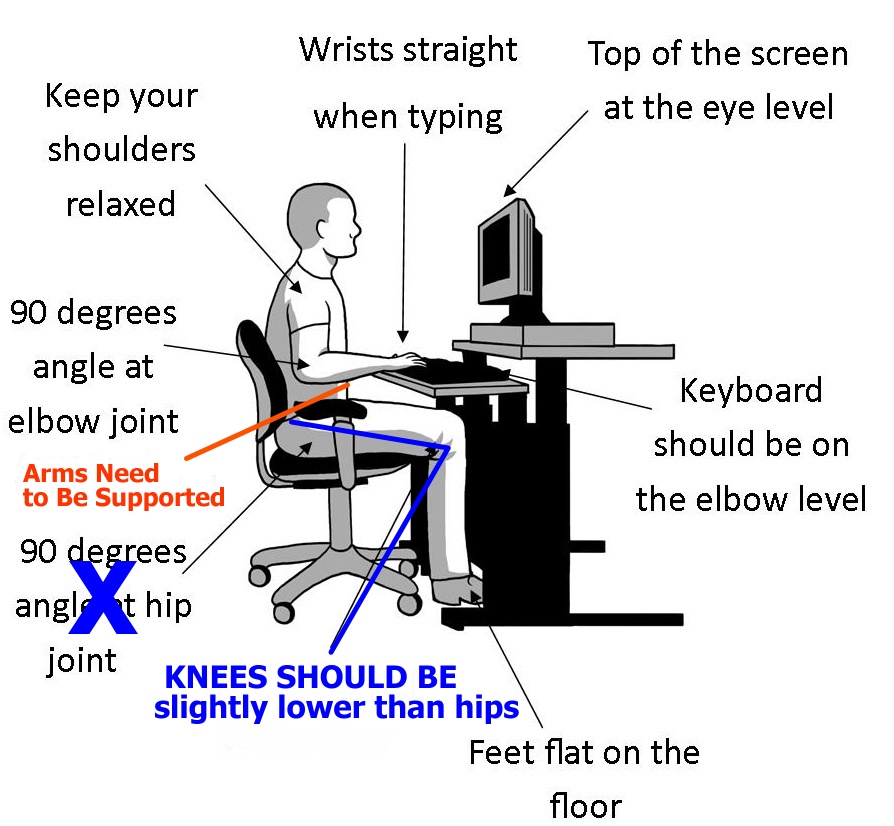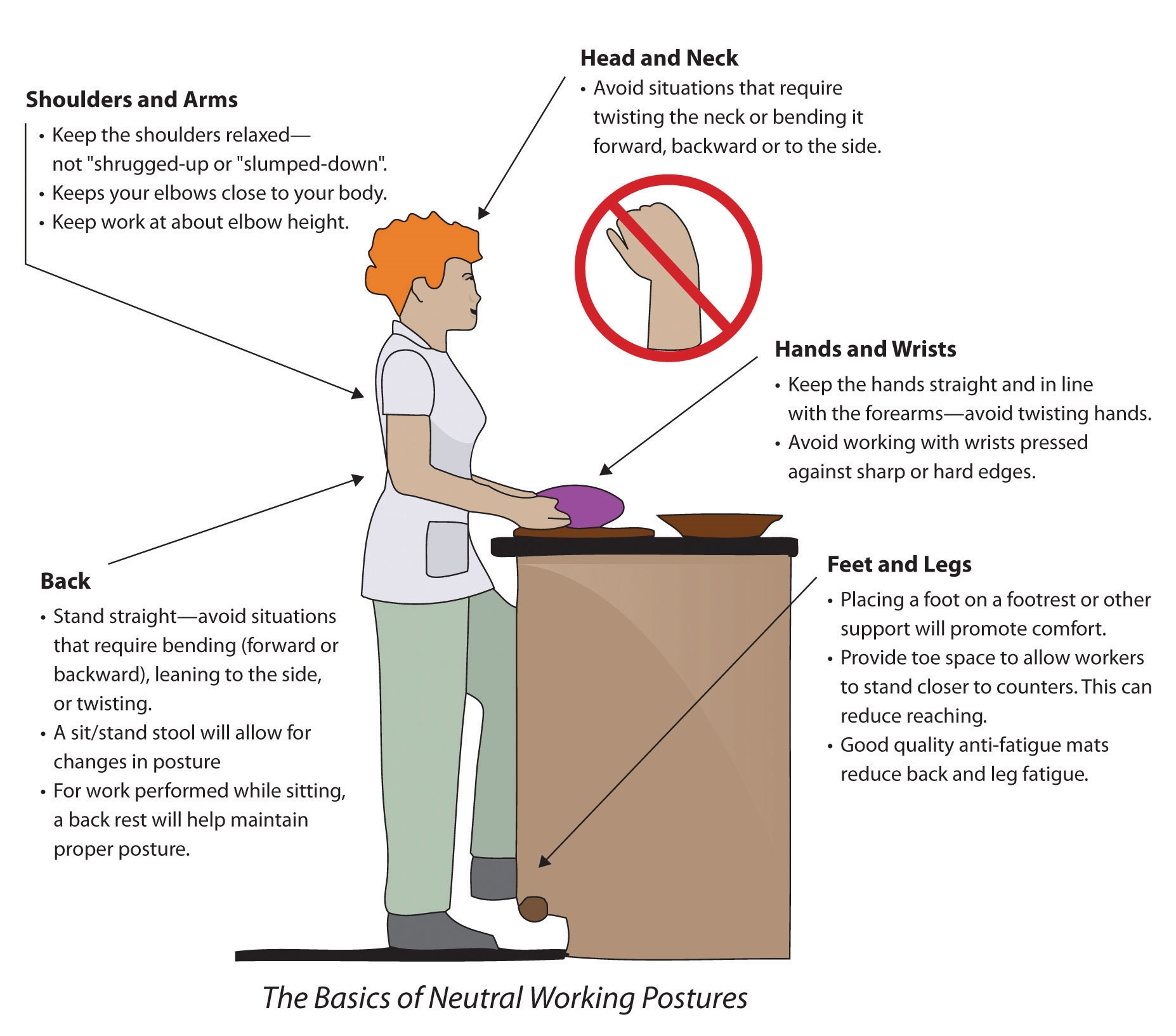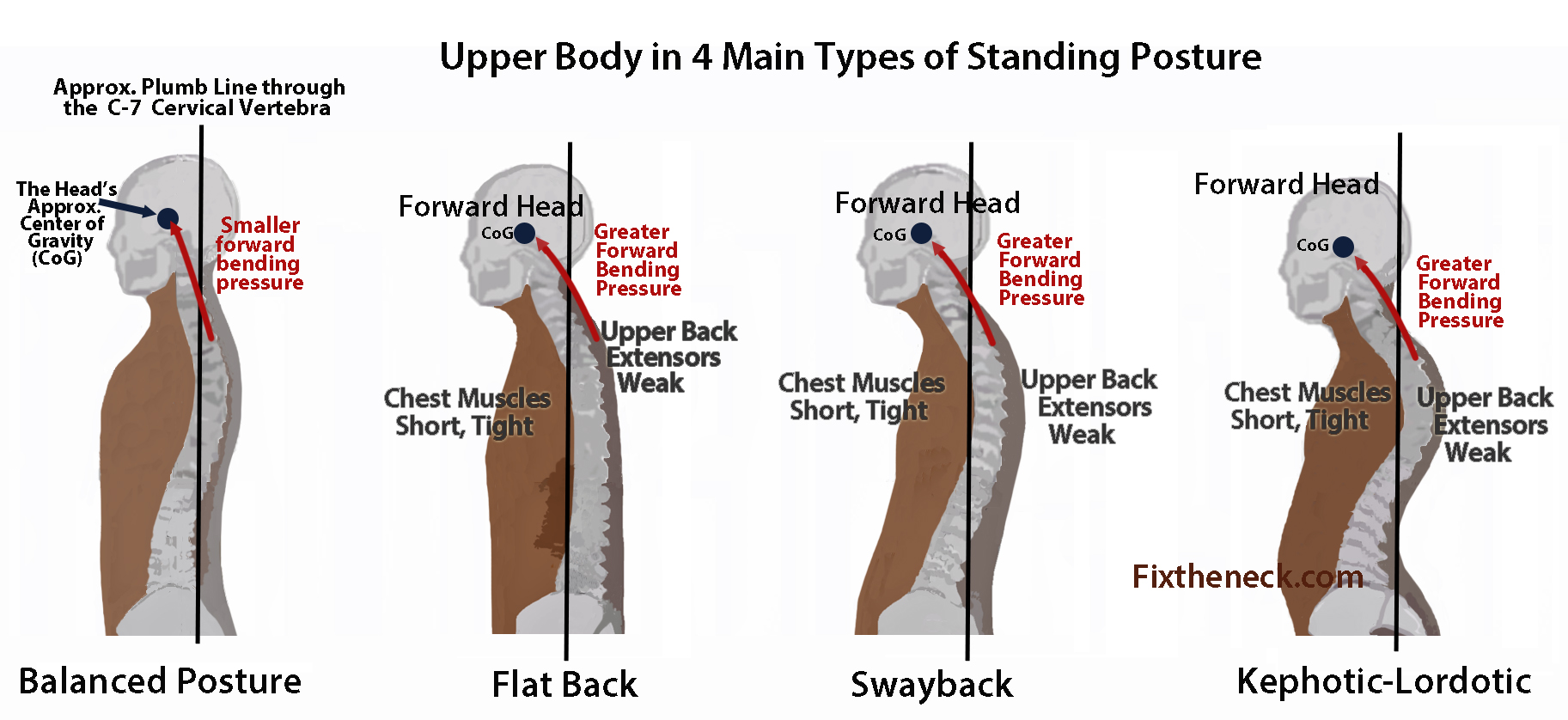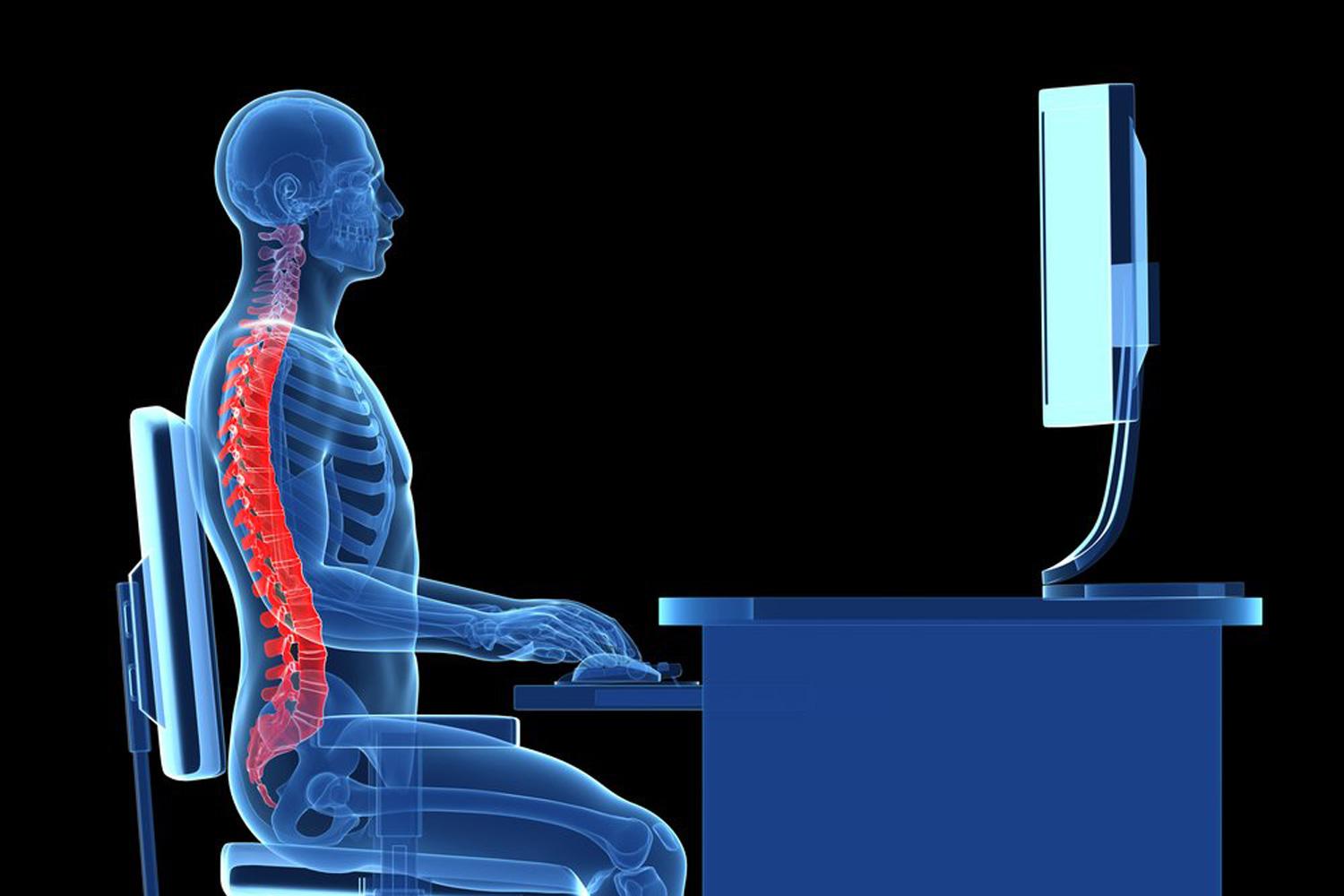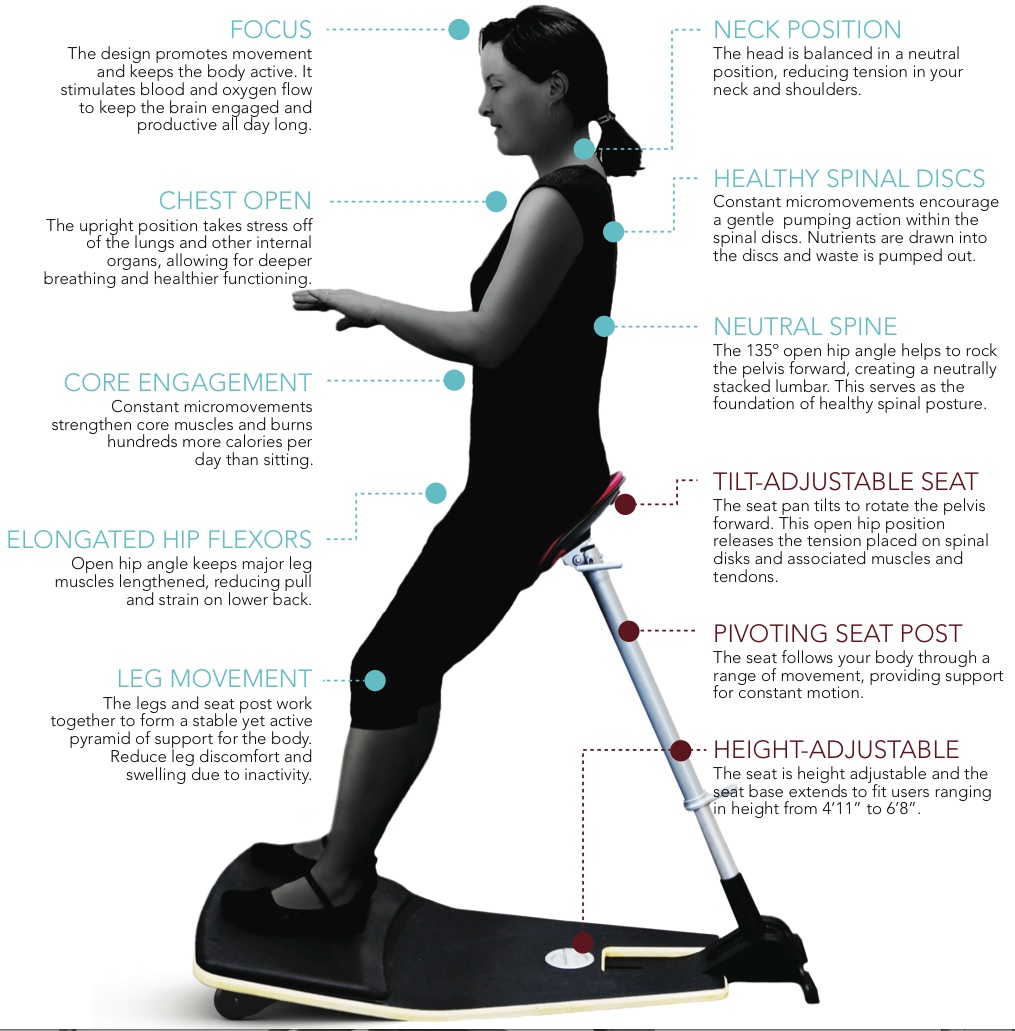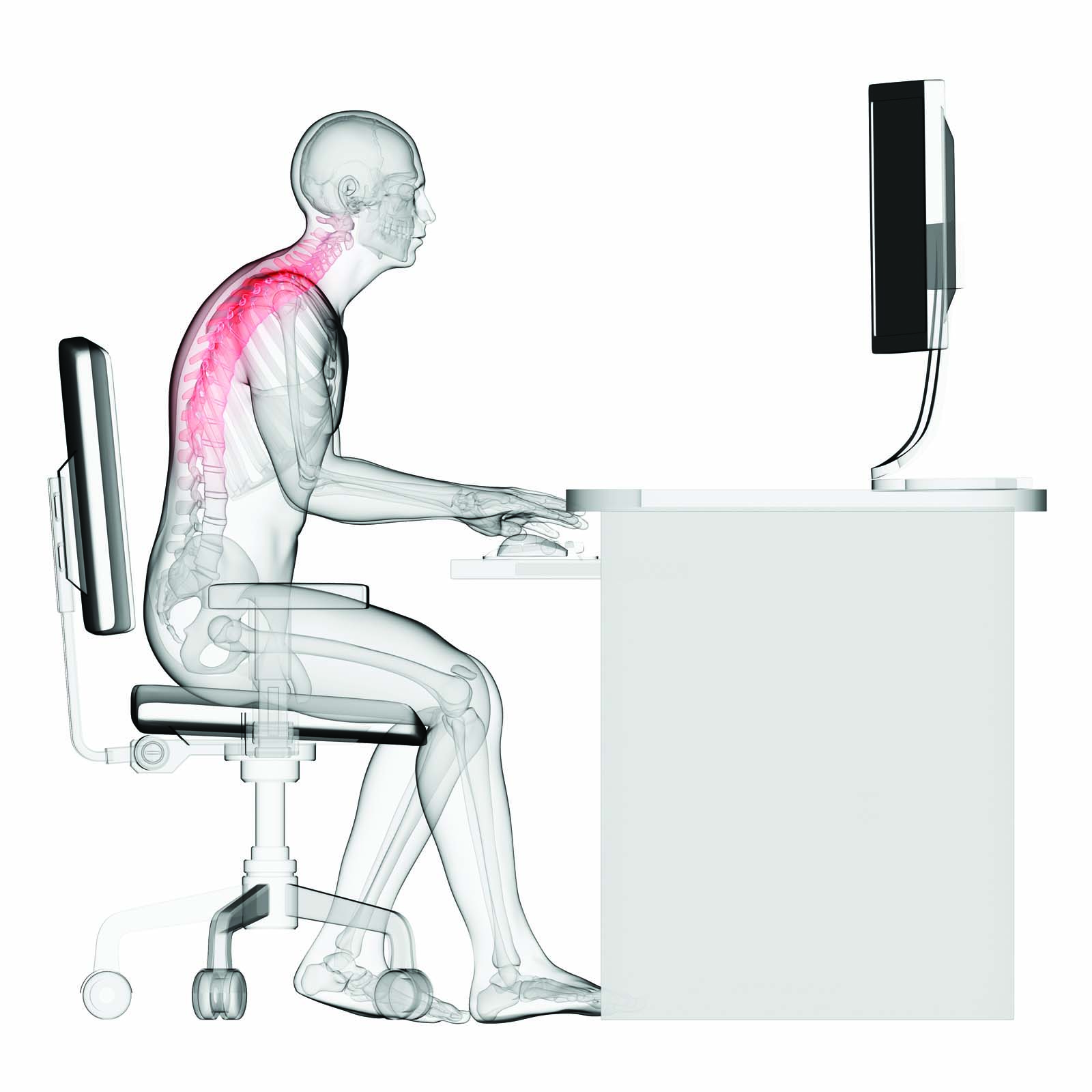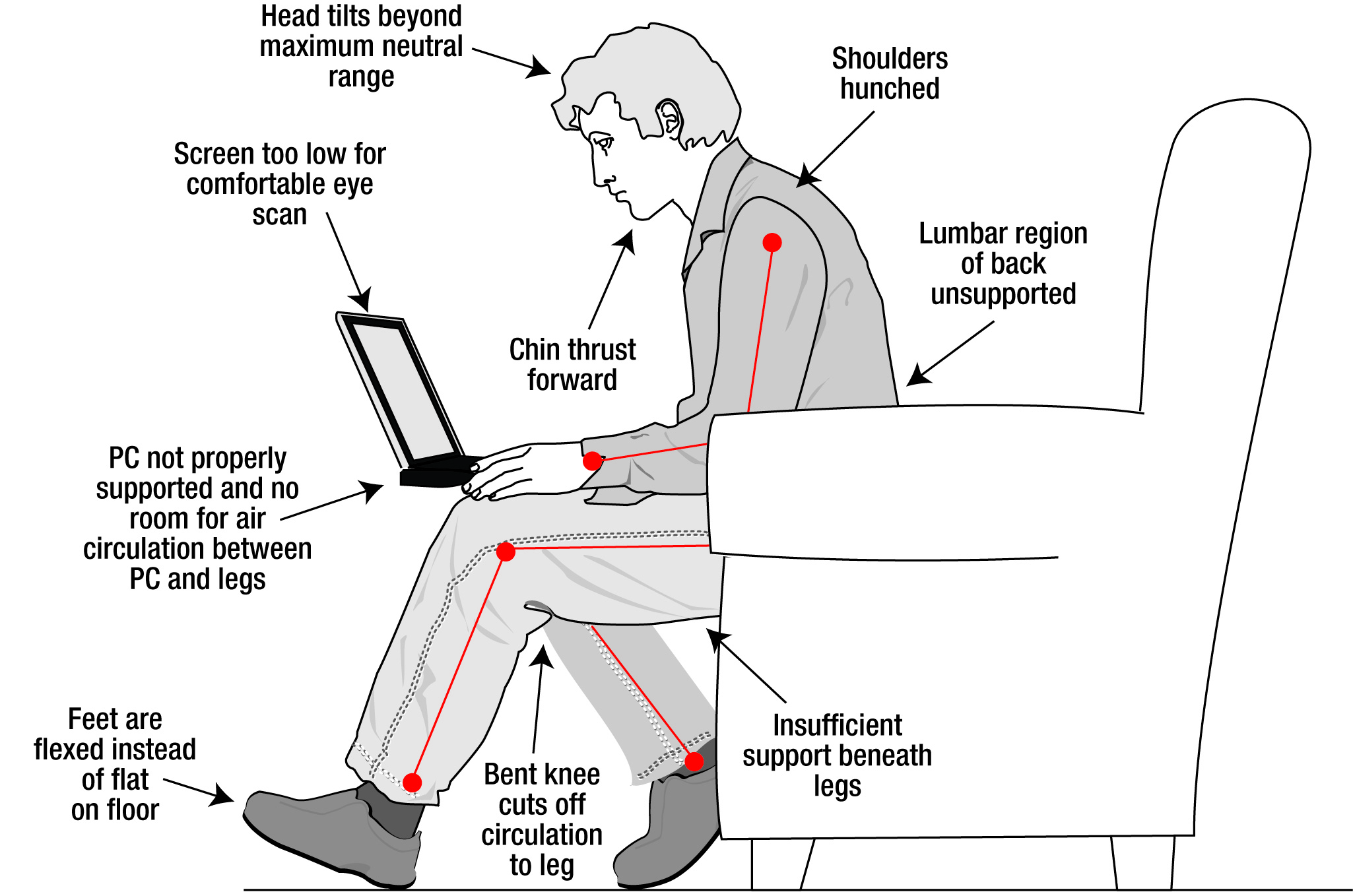What is Ergonomics?
Ergonomics is the study of the relationships between people and their work environments. More simply, it is designing the job to fit the worker. Ergonomics includes the analysis of workers postures and movement patterns as they interact within their workstations, the tools and equipment they use, and how they use them, and the specific work tasks being performed by the individual workers. Properly adapting tasks, work stations, tools, and equipment to fit the worker reduces physical stress on a worker’s body and eliminate many potentially serious, disabling work-related musculoskeletal disorders (MSDs). Ergonomics draws on a number of scientific disciplines, including physiology, biomechanics, psychology, anthropometry, industrial hygiene, and kinesiology.
What are MSDs?
MSDs stands for "Musculoskeletal disorders," more specifically, injuries and disorders of the muscles, tendons, ligaments, joints. They are referred to by a number of names including cumulative trauma disorders, repetitive stress injury, and occupational overexertion syndrome.
The Bureau of Labor Statistics, an agency of the U.S. Department of Labor, recognizes MSDs as a serious workplace health hazard. These injuries now account for more than one third of all lost workday cases, totaling more than 600,000 injuries/year, at a cost of 15-20 Billion dollars in workers' compensation costs/year!
Did you know?
- Desk Workers report some of the highest rates of low back pain and related MSDs, herniated discs, and other causes of low back pain. Costs of work-related stress exceeds $100 billion/year.
- Implementing the BEST Ergonomic principles and process has been shown to be effective in reducing the risk of developing MSDs in industries as diverse as office jobs, food processing, healthcare, beverage delivery, construction, and warehousing.
- Small adjustments or modifications to the position of a chair, keyboard, or monitor can lead to big improvements in employee comfort and productivity, decrease unnecessary costs of workplace injuries, and reduce workers’ compensation claims.
- Each component of a workstation needs to be assessed in conjunction with the other pieces of the workstation, and analyzed relative to all components of the work task.
History of OSHA's Ergonomics Regulations
Recognition of MSDs, previously called cumulative trauma or repetitive motion syndromes, increased in the 1970s as these disorders increasingly appeared on companies’ injury and illness logs. In the mid-1980s, the poultry processing industry began to focus on the problem of work-related musculoskeletal disorders (MSDs). OSHA cited companies for hazardous workplace conditions that caused problems such as tendinitis, carpal tunnel syndrome, and back injuries. Then in 1988, OSHA levied a $1.3 million fine, one of the highest at that time, against Pepperidge Farm Inc. for failure to make attempts to prevent repetitive trauma injuries at one of its plants. Since then, OSHA has more regulations regarding the documentation of injuries and requirements of companies to recognize and reduce work-related MSDs.
Why use Mrowka Physical Therapy - ErgoDynamics?
Colleen Mrowka, PT, DPT began working in the field of ergonomics in 1988 with the meat packing industry in North Carolina to reduce material handling injury exposure of their employees. She designed and provided ergonomic strategies and programs for Pepperidge Farm in 1989 after they had been levied the highest fine to date by OSHA for failure to prevent what was then called Cumulative Trauma Disorders, now known as MSDs (work-related musculoskeletal disorders.)
Since that time, Dr. Mrowka has worked with companies of all sizes and classifications in the manufacturing industry, healthcare, prison systems, and office work environments. She was the inaugural keynote speaker for the CT Business and Industry Association (CBIA) Ergonomics Symposiums and is a consultant member of the Small Business Survival Series for Women. She has designed and implemented ergonomic educational training programs ranging from one hour introduction sessions to 8 hours/day for week-long immersion series for managers.
Ergonomic strategies help companies comply with OSHA regulations to reduce work-related stress, prevent work-related injuries, and save companies thousands f dollars in workers’ compensation claims. Ergonomic implementation also helps to improve employee morale, worker communication, and reduce absenteeism.
What are Advantages of implementing an Ergonomics program?
- Cost Savings. Risk factors are recognized earlier and lead to fewer and less costly Workers’ compensation claims.
- Increased worker productivity. Less employee suffering. More sustainable employees.
- Improved employee morale. Attention to ergonomics can make employees feel valued.
- Reduced absenteeism. Ergonomic improvements lead to healthier workers with less pain and fewer sick days.
Can a Self-Employed Person request an Ergonomic Consult?
Absolutely!
Many people who suffer from neck pain, hand and/or arm pain, headaches, and even low back pain may find that their symptoms are worse after they sit down to pay their bills or peruse the internet. Minor adjustments in home-office or computer location and set-up may be all that's needed to reverse the pain. Simple exercises and postural awareness and education can teach you how to self-assess and modify your work areas to prevent difficulties in the future. People who are self-employed or work from home may benefit from an additional in-home ergonomic consultation.
Should you get a Standing Desk?
One of the hottest trends in office re-design are variations of Standing Desks. These include desks with adjustable heights, adjustable desktop surfaces, even "treadmill desks" so you can walk while your work. Are they necessary? Will they help you? Which one is right for you? With the market becoming saturated with more and more choices, this can become a daunting problem. We can help you choose which equipment options are the most important for your individual needs.
Good Working Positions
Our bodies were made the way they were for a reason. The spinal column is divided into three sections, and forms a gentle “S” shape. The top of our spine, or cervical region, curves inward. The thoracic spine forms the middle back near the shoulder blades, and it curves slightly outward. The lumbar spine is the low back and it curves inward again. This contour of the spinal column is the body’s “neutral spinal curve.” All of the body’s tissues including muscles, tendons, and ligaments articulate with the spine on the foundation of these curves.
Any shift in this foundation alters the length-tension relationship between the muscles and the joints and changes the forces acting upon the body.
Poor work habits and postures, injuries, fatigue, illness, and age affect this posture and can set off a domino effect of weakness and imbalance. Moving, working, or exercising with this altered posture adds insult to injury, worsens over time in a cataclysmic chain reaction that culminates in pain and disability.
Effective Injury Reduction Strategy
An effective Ergonomic Program includes a combination of work-site modification and client education. Properly adapting tasks, tools, and equipment to fit the worker in conjunction with worker education on postural awareness, core optimization, and movement efficiency dramatically reduces the physical stresson a worker’s body and can eliminate many serious, potentially-disabling, work-related Musculoskeletal disorders. (MSDs). Each component of a workstation needs to be assessed in conjunction with the other pieces of the workstation, and analyzed relative to all components of the work task.
Good Ergonomics = Good Economics
Work-site Evaluations Injury Reduction Strategies Worker Education & Training
Colleen Mrowka, PT, MSHP, DPT has been performing Ergonomic Assessments, Workplace Analysis, and implementing Injury Reduction Strategies for Business and Industry since 1988. Her client list includes municipalities, manufacturing industry, meat-packing industry, healthcare workers, & dental professionals, with 3-20,000 employees.
Ergonomic Services Available
Work-site Evaluations Injury Reduction Strategies Worker Education & Training
Don't Let Your Work Get You Down
Now offering Ergonomics for Your Home Office
Work Station Checklist
- Head/Neck Posture
- Arm position, elbow and wrist angles
- Arm and wrist support
- Low back support
- Hip and knee angles
- Foot rests
- Monitor height and presentation
- Lighting
- Movement Patterns
- Rest Periods
- Repetitive Posture
- Sustained Posture
- Equipment Adjustability
- Off-work Activities
“How do you travel to work everyday?
Do you go on foot, by car, or take the subway?
When you work at you desk and sit at your chair
Where are you arms? At your sides, or out here?
When in your space, where’s your head, where does it go?
Is it stretched too-far forward, or moving to and fro?
Now you don’t want your neck at an uncomfortable angle,
And be smart and be sure that your feet do not dangle.
You must think of the way that you work everyday,
Take care of your body even at play.
Work smart, be aware in all that you do,
Take care of your body—It’s all up to you!”
How do we get Started?
If you are an individual with pain that you think may be related to your personal workspace at home, you should call our office to schedule an evaluation. Most evaluations are covered by your medical insurance. You may bring photos of your work area at home, and of you sitting/working at your desk. We will provide a physical examination to determine the physical cause and restrictions associated with your pain. We may need to schedule follow-up appointments to provide education on home ergonomics and exercises.
If you believe your pain is related to your work area at your job, you should speak with your supervisor and/or human resource department at your place of employment.
If you are an employer with
- an isolated situation to address, such as choosing a new chair for an employee, or
- you are concerned that your injury and illness logs reflect MSDs and you would like to take steps to analyze their cause, or
- you are planning an expansion or work space redesign and you would like to create a safe work environment, or
- you are interested in providing your employees with injury reduction programs, time-out relief strategies
Most successful Ergonomic Strategies begin with an on-site consultation, observation, and photo/video analysis.
We would be happy to answer your questions to determine the best way for YOUR business to get started.


